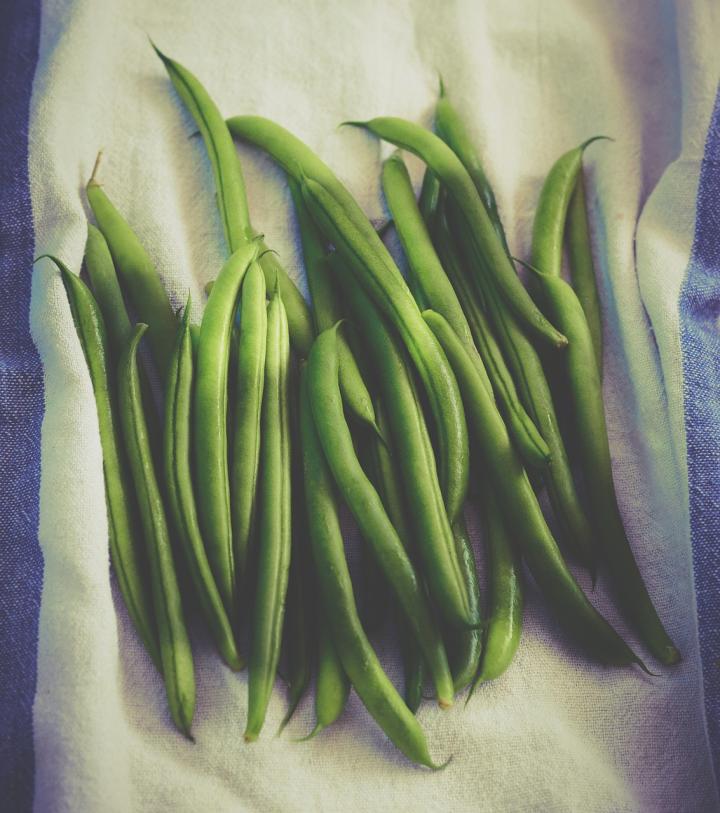
Credit: Pixabay
URBANA, Ill. – More no-till farmers are using cover crops to conserve soil and suppress weeds, but many vegetable producers are reluctant to get on board. That's because many small-seeded vegetable crops struggle to emerge through thick cover crop residues. However, the potential benefits of no-till cover crop systems compelled researchers to give it a try with snap bean.
"There's interest in both cover crops and no-till vegetable production, but adoption has been slow," says University of Illinois and USDA-ARS ecologist Marty Williams. "We designed a study to look at a scenario that had a better chance of success. We used snap bean, which is relatively large-seeded, and planted later to allow sufficient time to grow and then kill a cover crop."
In both Illinois and Washington, Williams and USDA-ARS agronomist Rick Boydston grew vetch, rye, and a combination of the two cover crops before killing them with a roller-crimper — a machine that evenly flattens and crimps standing plant biomass — or with a combination of the roller-crimper and a burndown herbicide.
"The roller-crimper weighs about 2 tons. As it bends the stalks over, metal fins crimp the stalks in multiple places so that, in theory, the cover crop lays flat and dies," Williams explains. For organic growers, the roller-crimper offers a way to kill the cover crop without herbicides or tillage.
The researchers tracked cover crop mortality, weed biomass, and snap bean yields during the experiment. Unfortunately, the roller-crimper did not effectively kill the vetch, even with an application of herbicide. Instead, vetch became weedy and caused yield losses in snap bean. Rye was easier to kill, but heavy plant residues complicated planting.
"Timing of roller-crimping is very important," Williams notes. "In general, grass cover crops like rye need to be fully flowering when roller-crimped, or else the cover crop may not die. Vetch needs to be rolled a bit later, after pod development. A problem encountered with the cover crop mixture in this study was that rye reached the correct growth stage for roller-crimping before vetch.
"Another issue was adequate seed-to-soil contact, which can become a challenge with excessive plant residues on the soil surface. Closing the seed furrow becomes difficult with increasing soil moisture, which isn't uncommon in central Illinois soils, especially during typical spring rainfall events, or with moderate to high levels of surface residues," Williams says.
Ultimately, none of the cover crops or control methods offered any consistent yield advantages for snap bean. In fact, some of the greatest yields occurred in bare-soil treatments. When asked if he would tell farmers to avoid this method, Williams laughs and admits the results of this particular study do not look particularly promising in central Illinois. He points out that other researchers were successful with soybean in a similar system, but thinks different cover crops or management techniques may be more suitable for snap bean.
Williams emphasizes the importance of balancing key elements to maximize the chances of success.
"One needs sufficient cover crop biomass to aid weed suppression, yet it's important to avoid excessive surface residue, which can be detrimental to the crop. Using the roller-crimper certainly adds an additional challenge because the cover crop needs to be at an advanced growth stage to be successfully terminated," Williams says.
###
The article, "No-till snap bean performance and weed response following rye and vetch cover crops," is published in Renewable Agriculture and Food Systems.
Media Contact
Lauren Quinn
[email protected]
217-300-2435
@ACESIllinois
http://aces.illinois.edu/
############
Story Source: Materials provided by Scienmag





